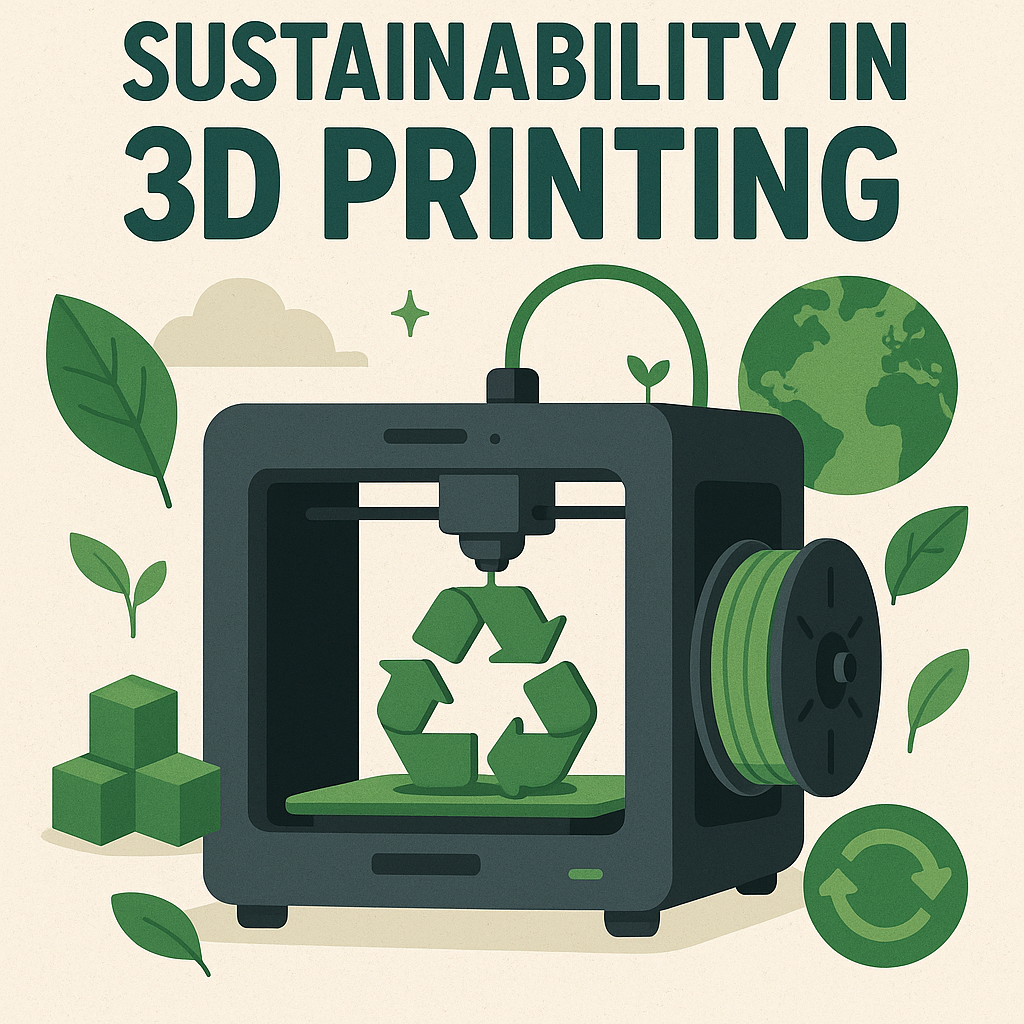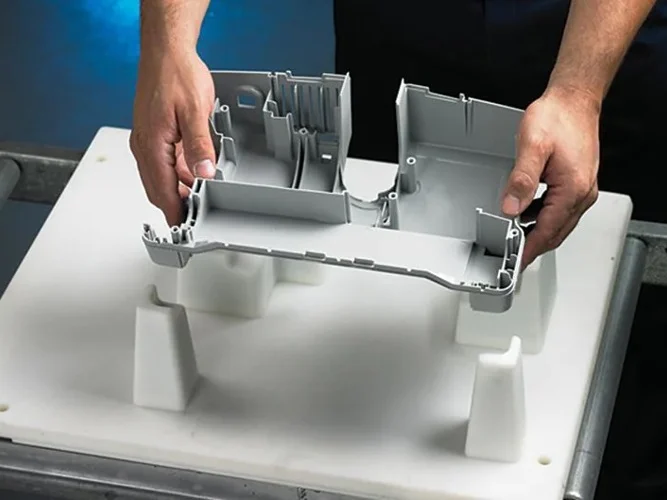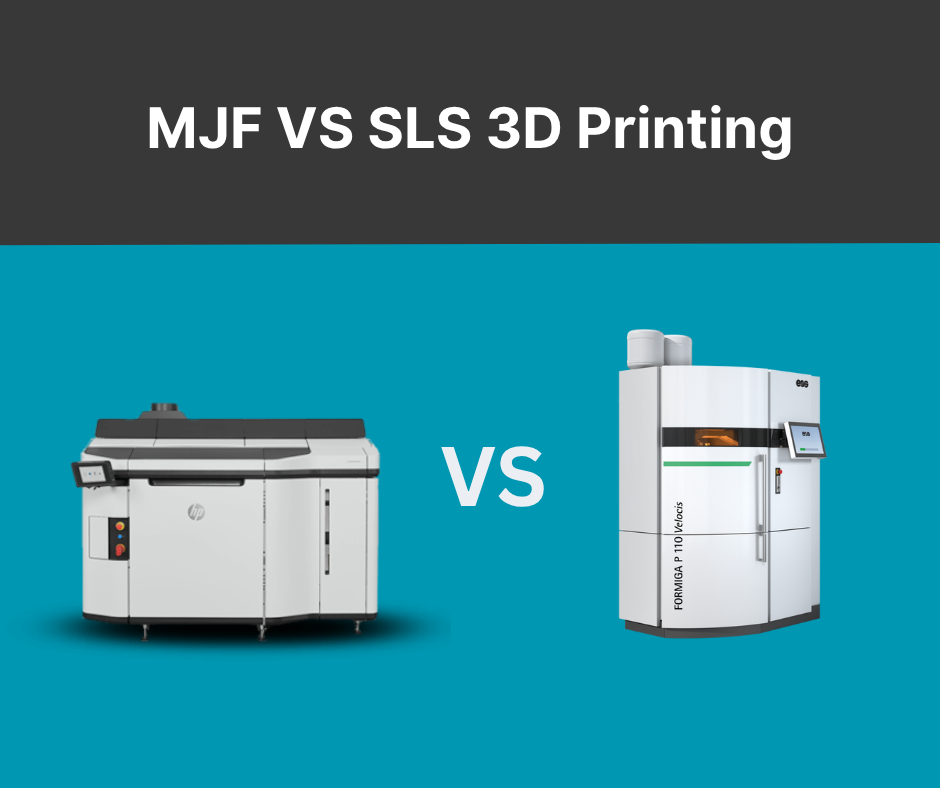Introduction
3D printing is reshaping the global landscape of sustainable manufacturing. By employing additive manufacturing, businesses significantly reduce material waste, using only what’s necessary to create precise, layered products. The integration of renewable and biodegradable materials further promotes eco-friendly practices. Moreover, localizing manufacturing reduces transportation emissions, and the capacity to produce repairable components dramatically cuts product waste. Innovations in sustainability have made each production stage more energy-efficient, empowering businesses to effectively meet environmental objectives. Adopting 3D printing practices encourages a transition toward a more circular global economy.
Evaluating the Sustainability of 3D Printing
3D printing technology offers considerable advantages in reducing material waste and energy consumption across industries. For instance, materials such as polylactic acid (PLA), derived from renewable resources like cornstarch, provide environmentally friendly alternatives. Additionally, recycled plastics such as PETG are increasingly popular, reducing dependence on new materials.
Unlike traditional manufacturing, which often discards up to 70% of raw material, additive manufacturing produces components by layering only the exact quantity of material needed, virtually eliminating waste.
Metal 3D printing also contributes positively to sustainability, utilizing recyclable metals like titanium and aluminum. Furthermore, localized additive manufacturing minimizes transportation-related emissions. However, certain sustainability challenges remain, including the high energy requirements for processing advanced materials like PEEK or metal powders, as well as difficulties in recycling composite filaments.
Innovations in Sustainable 3D Printing
Rapid innovations are driving sustainable development within 3D printing. Materials such as biodegradable PLA and bio-based nylons are becoming standard choices, promoting environmentally friendly printing. Additionally, recycled filaments like rPET offer robust performance while helping to reduce plastic waste. Researchers and companies are also experimenting with algae-based and carbon-capture materials, presenting promising alternatives for the future.
Energy-efficient 3D printers now operate with significantly reduced power consumption. Closed-loop recycling systems allow unused or excess material to be repurposed, fostering circular production methods. The ability to print spare parts extends product lifecycles, cutting down on landfill waste. Large-scale projects increasingly employ sustainable, construction-grade 3D printing materials, including recycled concrete and geopolymer mixtures, further demonstrating the adaptability of 3D printing to environmental and industrial needs.
Sustainable Filament Alternatives for Fused Deposition Modeling (FDM)
Several sustainable materials have emerged as viable feedstock options for FDM, including:
- Polylactic Acid (PLA)
- Bio-based Polyethylene Terephthalate Glycol (Bio-PETG)
- Hemp-filled Filaments
- Algae-derived Polymers
- Polyhydroxyalkanoates (PHA)
- Recycled Acrylonitrile Butadiene Styrene (Recycled ABS)
- Starch-based Composites
- Coffee Grounds-infused Filaments
- Wood-based Polymers
- Recycled Carbon Fiber Filaments
How 3D Printing Reduces Environmental Impact
Material Efficiency
Traditional manufacturing often generates considerable waste, sometimes up to 70% of raw material. By contrast, 3D printing uses a precise, layer-by-layer additive approach, significantly reducing material wastage by applying only the amount required.
Energy Consumption
Conventional production methods require extensive energy use. However, 3D printing typically operates on a smaller, more precise scale, significantly lowering energy demands, especially in automotive and industrial production. Shorter production cycles also translate into reduced overall energy usage.
Localized Production
Traditional manufacturing frequently involves extensive supply chains that require transporting materials and finished products long distances. Conversely, 3D printing supports local production close to the point of consumption, drastically reducing transport emissions and carbon footprints.
On-Demand Manufacturing
Traditional production often leads to surplus inventory due to mass production. On-demand manufacturing, enabled by 3D printing, produces items only when required, eliminating overproduction and reducing waste associated with unsold inventory.
Eco-Friendly Materials
Conventional manufacturing materials like plastics and metals can be challenging to recycle, significantly impacting the environment. In contrast, 3D printing offers sustainable alternatives such as PLA and PETG, which originate from renewable sources, promoting greener manufacturing.
Extended Product Lifecycle
3D printing allows easy repair and replacement of parts, significantly reducing product waste. Rather than discarding entire products, manufacturers can print specific replacement components, prolonging product lifespans and reducing overall environmental impact
Sustainability Challenges in Polymer-Based 3D Printing
Non-Biodegradability of Filaments
Many common filaments, including ABS and even PLA, are not fully biodegradable under typical environmental conditions. While PLA has biodegradable properties, it may still require several years to decompose completely, potentially contributing to environmental pollution.
High Energy Requirements
Advanced polymers like PEEK or nylon require high extrusion temperatures, significantly increasing the energy demand of 3D printing. Extensive power is consumed to heat both the print bed and nozzle, generating higher carbon emissions compared to less energy-intensive materials.
Limited Recycling Options
The complex geometries and composite materials used in some 3D printed parts make recycling particularly challenging. Failed prints, support structures, and nanoparticle-reinforced filaments, while technically recyclable, often face practical recycling difficulties, leading to higher landfill volumes.
Toxicity of Additives and Materials
Certain filaments, such as ABS and polycarbonate-based materials, contain toxic substances that release hazardous vapors, notably styrene, during printing. Additionally, colored filaments may include harmful pigments and additives, posing risks to both environmental and human health.
Landfill Impact
3D printing processes often generate excess material, failed prints, and discarded supports, much of which ends up in landfills despite recycling initiatives. Increased adoption of recyclable and biodegradable materials could significantly reduce this impact.
Conclusion
3D printing presents substantial opportunities to foster sustainability, reducing waste, energy consumption, and dependence on non-renewable resources. However, significant challenges remain, including the non-biodegradability of materials, energy-intensive processes, and recycling limitations. By emphasizing the development of eco-friendly filaments, enhancing recycling infrastructure, and adopting energy-efficient technologies, the 3D printing industry can significantly contribute to global sustainability goals. Continued innovation and a commitment to environmentally friendly practices will enable 3D printing to overcome current limitations and reshape the future of sustainable manufacturing.






